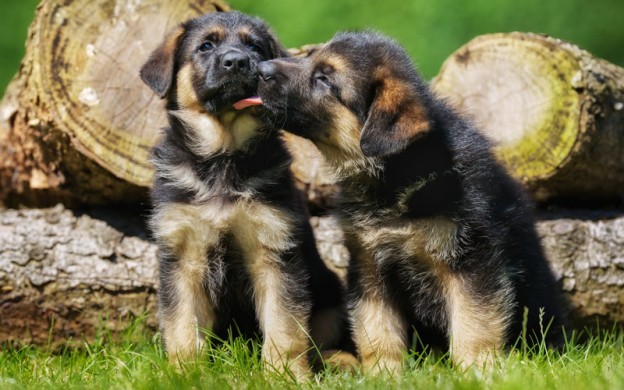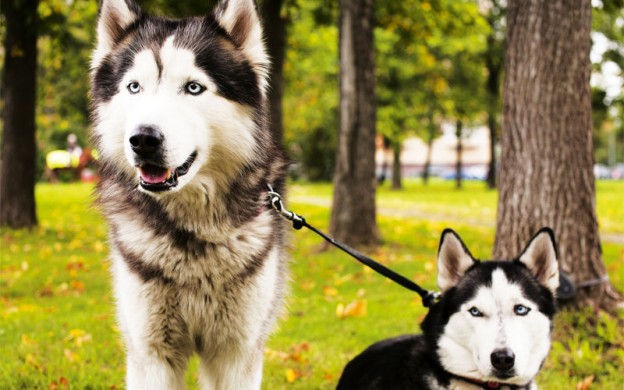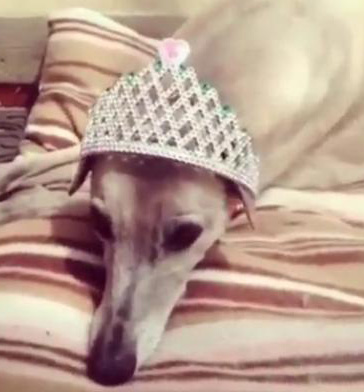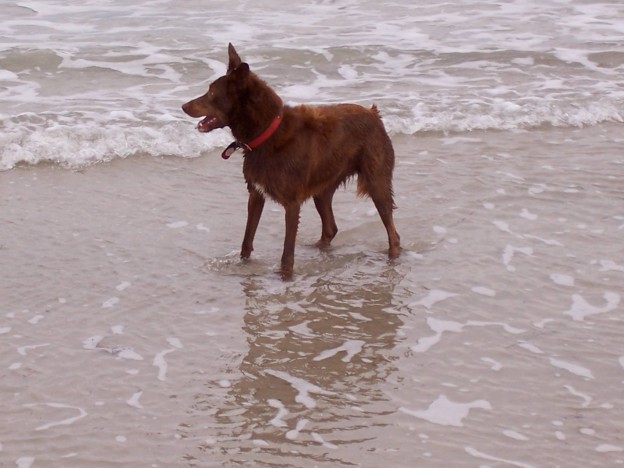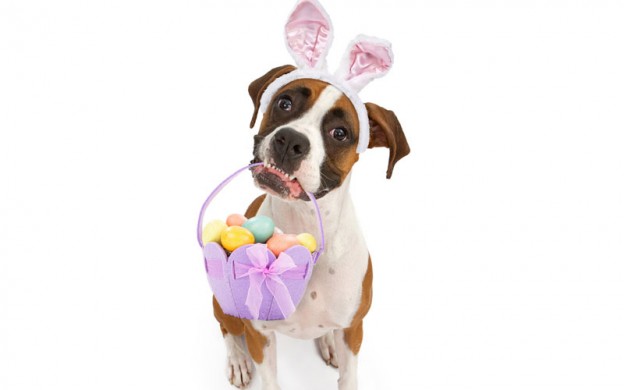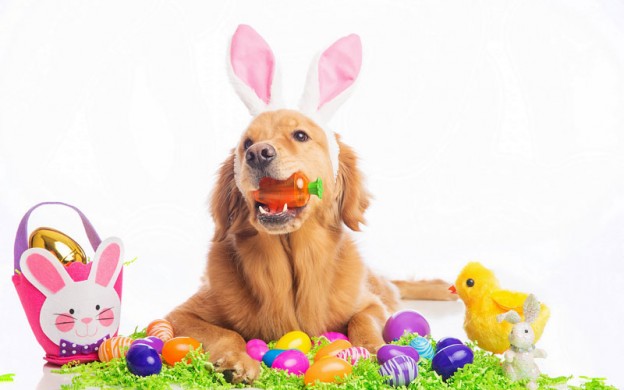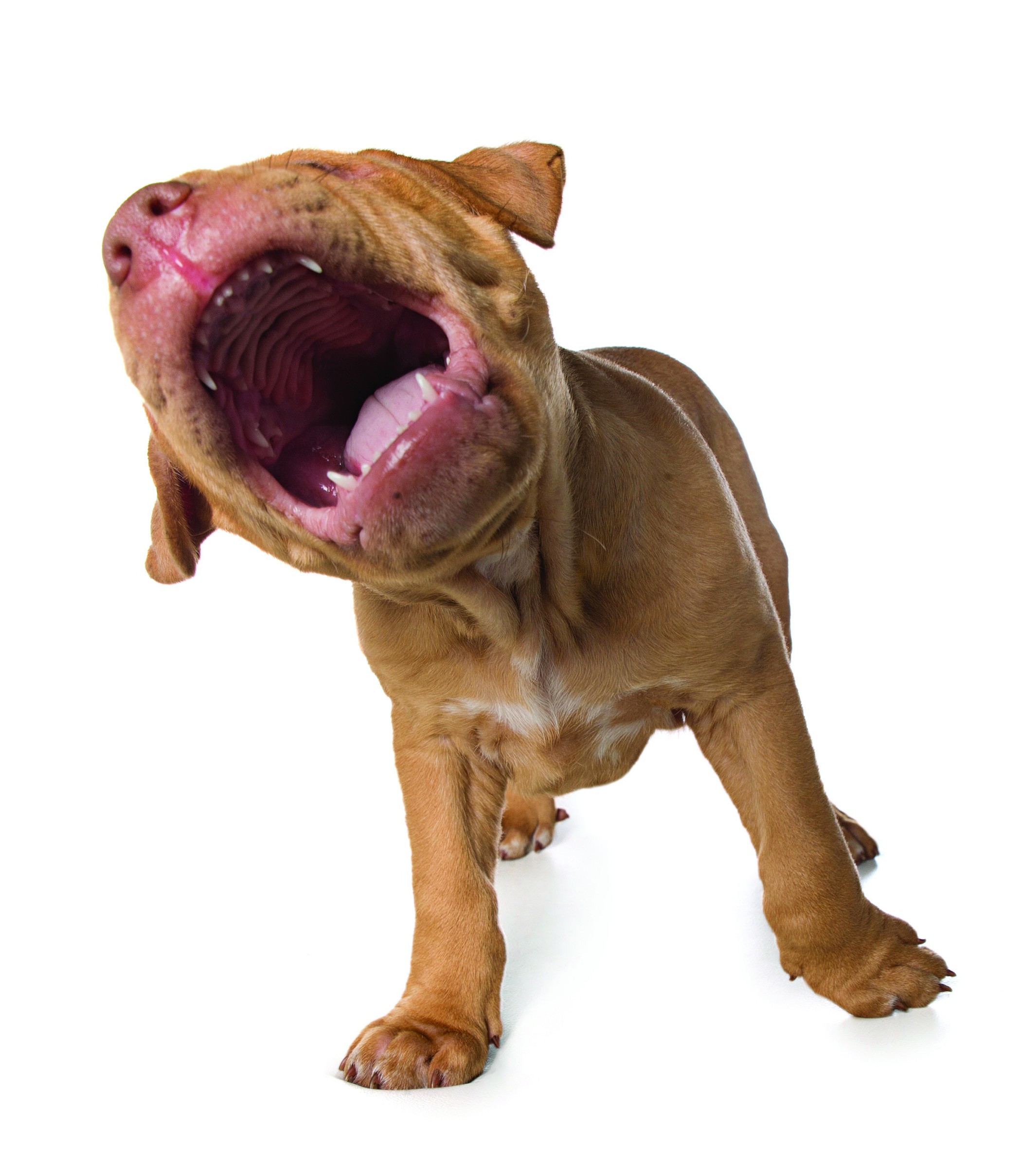
Anyone who has spent time around dogs knows they love to be the centre of our world, but do they actually experience jealousy? Susanna Smith discovers.
Jealousy — it’s known as the green-eyed monster, one of the seven deadly sins and the subject of many a human drama. Although it is thought to be an emotion unique to humans, many dog owners believe they witness jealous behaviour from their canine companions.
Charles Darwin was among the first to suggest that jealousy may be present in the behaviour of species other than humans, especially social species and particularly dogs. But the phenomenon of jealous canines hasn’t really been investigated until recently.
Research conducted at the University of California, San Diego, in the United States, and published in the scientific journal PLOS ONE investigated the possibility that dogs feel human-like jealousy, suggesting that they may experience a type of primordial or a core form of jealousy that can be triggered without the need for the complex cognitive thought processes involved in human jealousy. The researchers wanted to explore the idea that primordial jealousy can be experienced by dogs when their attachment figure’s attention is distracted by a rival for their affection.
The author of the study, Christine Harris, a professor of psychology, came up with the idea while visiting her parents and their three Border Collies. She noticed that if she patted two of the dogs at the same time, they showed aggression towards each other and one dog would knock her hand away from the other to ensure it was the object of affection.
To investigate the idea, Harris recruited 36 small-breed dogs and observed and filmed them in their own homes while their owners ignored them to interact with three different objects: a toy dog that barked and wagged its tail, a jack-o’-lantern and a musical pop-up story book. Owners patted and talked kindly to the toy dog and jack-o’-lantern and read aloud from the book while music played.
Seventy-eight per cent of the dogs resorted to snapping and pushing the owner and the rival object when their owner paid attention to the toy dog; 42 per cent reacted in this way when their owner paid attention to the jack-o’-lantern; and only 22 per cent of the dogs reacted to their owner paying attention to the book. This led the researchers to believe that a core form of primordial jealousy towards another dog could be driving the attention-seeking behaviour. But some animal behaviour specialists have doubts about the research and its attempt to study canine behaviour through techniques designed to research humans.
Sydney-based dog behaviour specialist Nathan Williams believes that the “jealous” behaviour of the dogs during the research trials and seen day-to-day by owners is actually opportunistic behaviour that can be changed through training. “Jealousy is a feeling of envy, which means dogs need to see things from the perspective of a third party, and dogs don’t have the ability to do this. They simply read the projection of behaviour and react in a way that will result in success,” he explains.
“A dog sees affection being given and they feel the opportunity to get affection. How they achieve this depends on the dog and their learnt behaviour. A dog that has learnt to push in to get affection will push in. Alternatively, a dog that has used aggression or biting as a method of success will choose that option.”
In Nathan’s experience, dogs will give up this behaviour very quickly if they are not given the chance to succeed at getting what they want. “The second that the dog does not believe that there is an opportunity, they will not display a sign of interest,” he says.
Nathan has worked with thousands of dogs, including dogs in rescue organisations that he works with to ensure they have the skills to nurture a relaxed and happy pack to improve their chances of finding new homes. In his experience, most dogs initially display opportunistic behaviour but this changes quickly with the right training.
“When we give dogs affection, we want to do it on our terms. I want the dog to know that I control the space and I will communicate with them through touch to back off when I am giving affection to another dog. It is a common control behaviour that many dog owners lack,” he explains. “When we work with these dogs, we teach them what their boundaries are, even when it comes to personal space.”
Nathan cautions against applying human behavioural models to dogs for both research purposes and in daily life. “One of our problems is that people look for human-like behaviours in dogs even if they are not there. The name for this is anthropomorphism.”
Whether our canines are turning green with envy or taking the opportunity to get some affection, it is important to remember that even though many of us consider our dogs as part of the family, they have distinct social and behavioural patterns that need to be considered separately to those within our human social sphere.
For further information from dog behaviour specialist Nathan Williams, visit his website, go to the Facebook page, or view his video on canine jealousy.
Case Studies
Rebecca Dann, Canberra ACT
Rebecca’s three-year-old Spandor, George, always needs to be the centre of attention in the two-dog household he shares with Austin, a three-year-old chocolate Labrador. George was adopted into the family at 18 months and Rebecca has had Austin since he was a puppy.
“If I’m patting Austin, George will come right up between us and push Austin’s head out of the way with his nose so that I end up patting George,” says Rebecca. “He will ignore me calling his name but if I call Austin’s name, George will come running to make sure he’s not missing out on anything. It’s often more effective to call out ‘Austin’ if you want George!”
George’s need to be the centre of attention is not limited to his canine companion. “If I show affection to my partner, we will soon feel George’s head pushing between us — literally pushing our faces apart with his nose. He never behaves aggressively; he just wants to make sure he is always the centre of attention.”
Rebecca tries to ensure that both dogs get the same amount of love and affection though. “We make sure we give Austin as much attention as we give George, which means a lot of pushing George away. If he became aggressive, we would make more of an effort to change the behaviour but, at the moment, it ranges from only mildly annoying to sometimes quite endearing.”
Nickie Paraskevopoulos, Sydney NSW
Nickie’s two-year-old male Boxer, Apollo, doesn’t like to share the limelight with the family cat, Bruno, or anyone else that captures Nickie’s attention. “If I give time to Bruno, Apollo puts his paw on him to try to dominate him, but the cat is the boss so Apollo doesn’t win,” says Nickie.
However, other dogs are a different story. “There is no chance of me patting another dog. A friend brought a dog over to visit and Apollo followed him around constantly trying to put his paw on him to dominate him,” says Nickie.
Not even people can escape Apollo’s scrutiny. “If I give affection to anyone, Apollo jumps on the person I am giving affection to,” explains Nickie.
However, Nickie says she doesn’t allow Apollo to get away with antisocial behaviour. “When this happens, I put him outside for a while. I don’t let him win. I keep putting him outside until I can see that he is listening to me. Once he settles, he is able to sit on his mat and listen. He really is adorable.”


